Living in the Picos de Europa
Why would anyone chose to live secluded in the mountains? In this interview Sarah tells us all about the reasons why she chose to live in Liébana, a comarca (an administrative division) of Cantabria bordering on Picos de Europa National Park.
Note: the beautiful photos in this post by La Liebana. You’ll find lots of information on the region on their website.
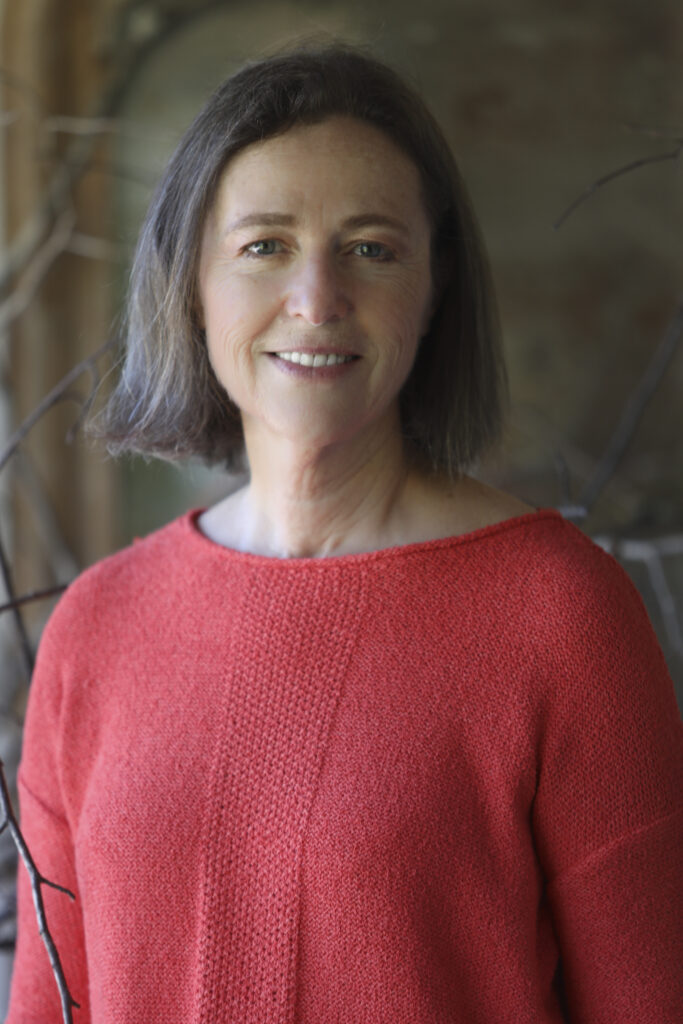
Name: Sarah Zohn
Age: Grandmother age
Country of origin: Born and educated in Israel, professional career mostly in the USA, semi-retirement in Spain.
Number of years in Spain: 9
Hi Sarah! Tell me about yourself and how you ended up in Spain.
I grew up in post WW2 Israel during the years when the country was focused on survival and the raising of its children. Education was the main preoccupation of the nation, no matter which social stratum you came from. My brothers and I became engineers.
My career in technology led me to the USA, where I grew professionally in the booming sector. After 20 years in corporate America, I decided to take my experience and start a new phase as a management consultant to technology start-ups. I discovered a whole new world beyond large corporations – a world of young entrepreneurs with amazing dreams, who are entrusted with investors’ money, though they have only little experience in how to manage their business opportunities. I love this industry and the gushing creativity that’s driving it throughout the world.
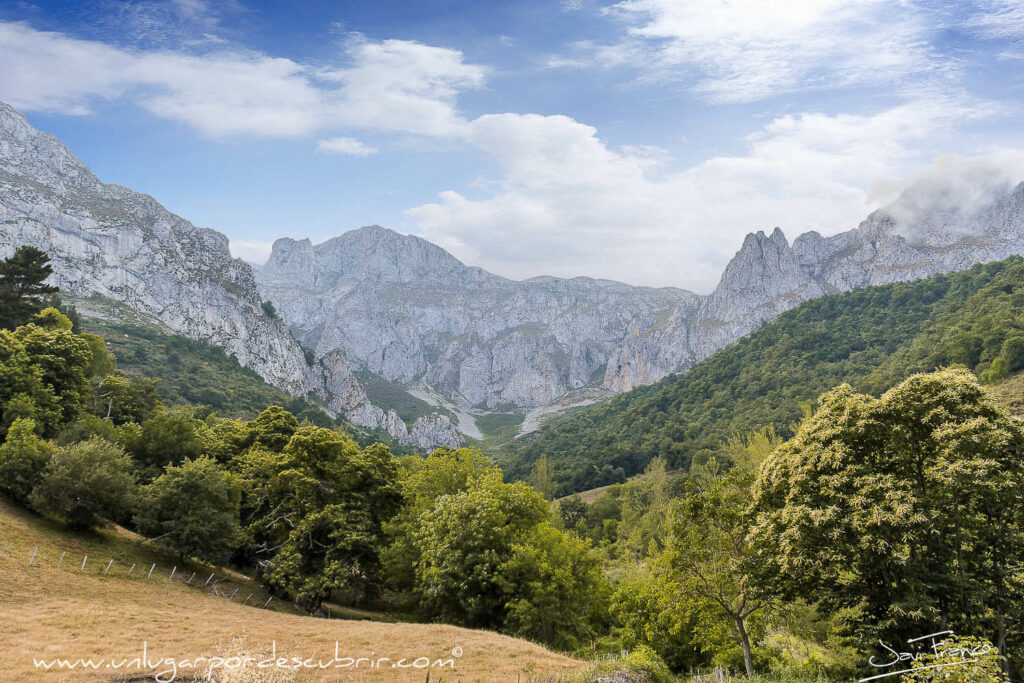

A few useful Resources
Private health insurance in Spain. We recommend Innoinsure, they make it easy. And you don’t need a Spanish bank account – you can pay with foreign credit cards. More info here.
Spartan FX. Buying a house or car in Spain and need to transfer and exchange a large sum of money? More here.
Wise. For everyday transfers and exchanges of money from your home country. Nobody should be using banks anymore. More here.
You’ve lived in a few spots that are all very different: Tenerife, Salamanca and Santander. Why these places? What was your experience living in each?
In 2014 I was approached by an Internet company that was headquartered in Tenerife. I worked with them over three years spending a lot of time on the island. As much as my time allowed, I explored Tenerife’s nature, history and culture.
A couple of years earlier I picked up learning Spanish as a new hobby. First, I made two month-long trips to Mexico where I signed up with language schools, and then, as luck would have it, I ended up in Tenerife advising this Internet company.
Tenerife was a wonderful experience, but I didn’t learn a lot of Spanish there. So, after three years I decided to go to the Mecca of Spanish learning, the historical town of Salamanca. While there, and juggling between work and school, I made some friends whose English was limited to no more than one word. With them I experienced total immersion in the current culture and had quite a few trips beyond Castilla y León with eyes to the south, to Extremadura and Andalucía.
One of my connections in Salamanca led me to visit Santander in the north. I have always been attracted to green nature and mountains, so it wasn’t surprising to me that I immediately fell in love with Cantabria. I moved there, still considering myself as a digital nomad. For a couple of years – that’s what I planned. But luck would have it otherwise. From Santander I visited Picos de Europa quite often, for hiking and to join friends whenever they invited me. And so it happened that I ran into a for-sale property that I couldn’t resist. I bought two adjacent cuadras (very old farm structures), and rebuilt them into a house with magnificent views, where I spend my time as Heidi of the Swiss Alps.
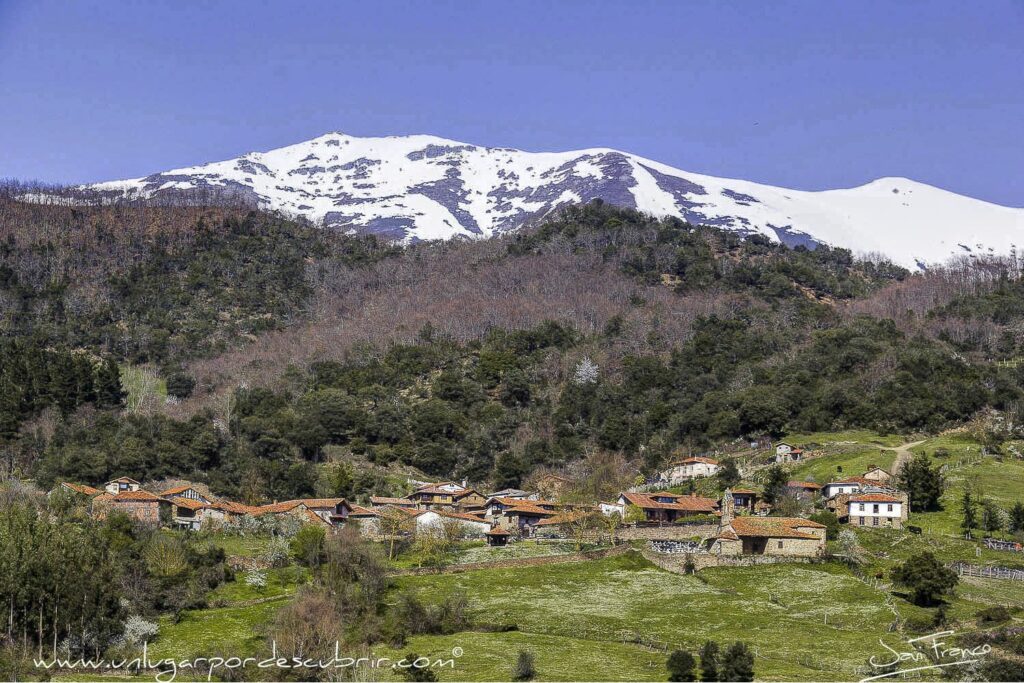
You are now in Liébana in the heart of the Picos de Europa. A place of astounding beauty but I imagine a bit secluded. How/why did you end up choosing this location as the place you wanted to build your home?
As I was transitioning into my slowing down phase, and at the same time remote-work becoming more common in the technology sector, I found myself attracted more to the small community of Liébana and to rural life, where every simple transaction, like going to the bank or buying bread, is also a social interaction. My family is spread over three continents in big cities, so traveling to visit them gives me ample opportunities to refuel on big city life.
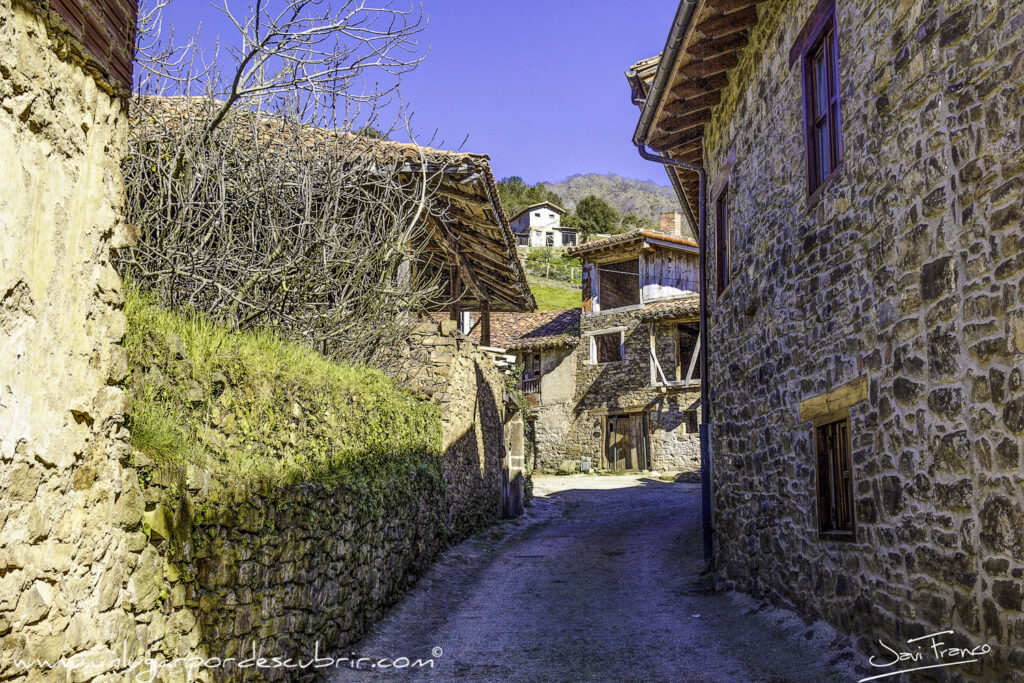
How did you go about building a home and how complicated a process was it? (I didn’t realize people could actually live in the Picos de Europa National Park)
Liébana abuts the National Park. It’s full of villages with wonderful properties that you can buy, restore and enjoy. Building the house that I now call home has been a wonderful experience for me. I attribute the positive experience to my attitude and approach. First, I made some local connections, and when I felt I could trust them, I made my moves. There’s absolutely no way I could have managed the project without help, and I opened my arms and mind to a lot of advice and help. I found the local artisans highly knowledgeable and professional. Yes, building a new house in a protected area is a complicated process, but I got through it with the help of the locals who know how to do it.
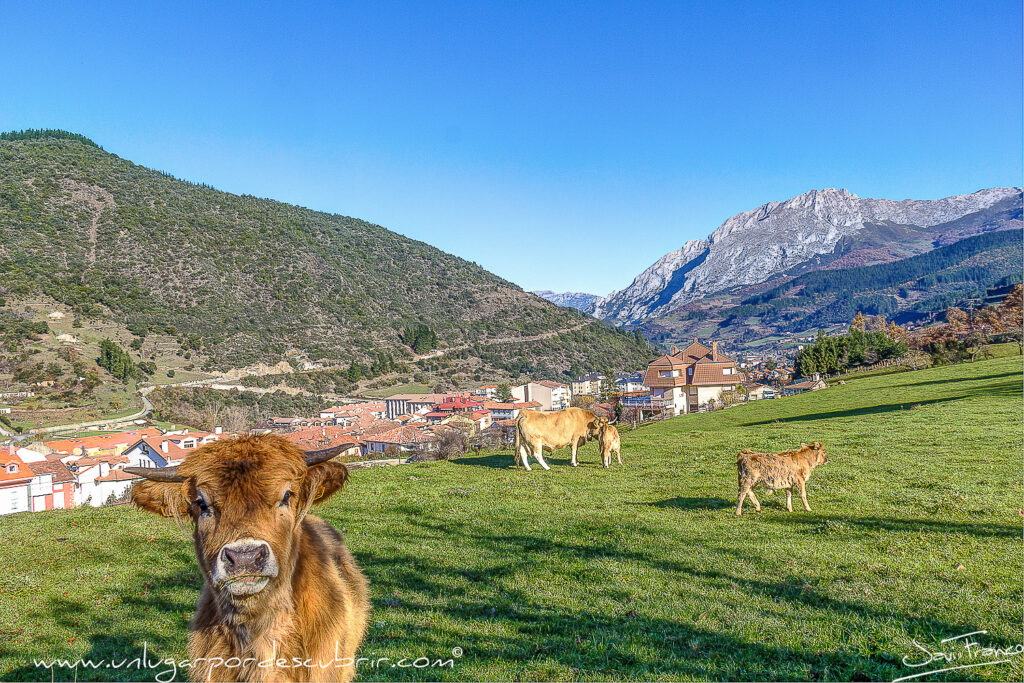
What do you do to keep busy in Liébana Sarah? Can you give me a snapshot of your daily life?
Thanks to the government in Spain, and their counter Covid policies of internet connectivity, Fibre connections are now available also in the remote rural villages. My house is remote, but it’s well connected. I continue my work, albeit at a slower pace, directly from my mountain retreat. As in all over Spain, my neighbours go out on their afternoon walks – the famous paseo – and I sometimes join them. I participate in local events and I travel to Oviedo, Santander and Bilbao to satisfy my needs for culture. I built my house also to accommodate friends and family, and so far, I have been blessed with visits which contribute immensely to my joy of living here.
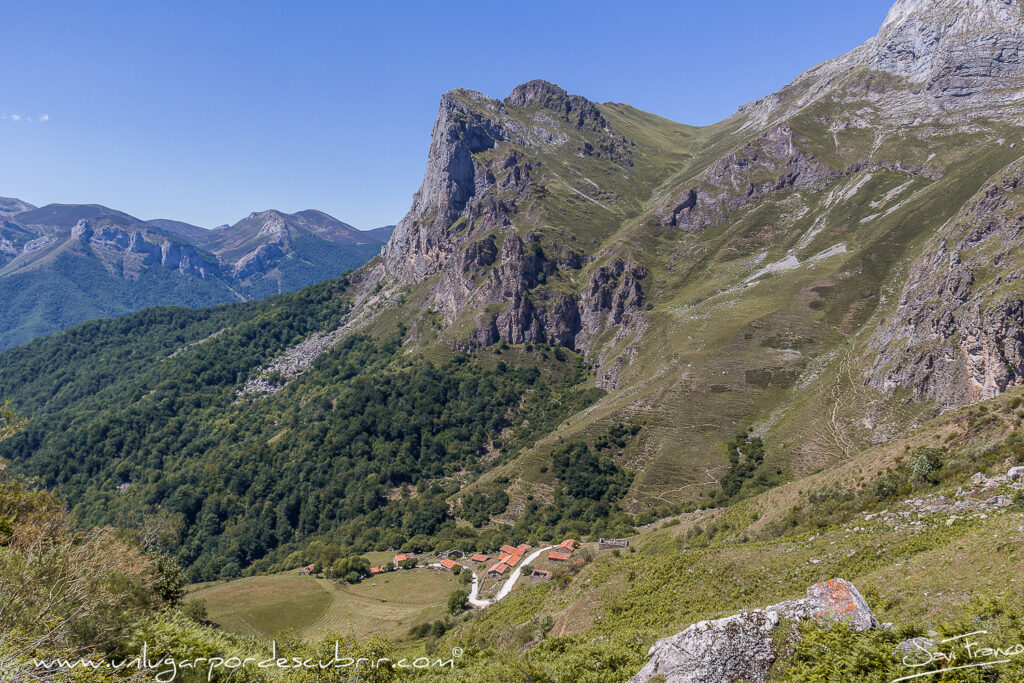
I see that you’re a triathlete. I’m assuming you spend a lot of time doing outdoor activities? Is this the primary draw of anyone living in the Picos de Europa?
Liébana and Picos de Europa offer the beauty of rural life with all the modern convenience. When I get visitors there’s always outdoor activities that we engage in. From picking cherries in June, walnuts in September, to hiking in the mountains year-round, riding horses, canoeing or rock-climbing, there are local providers for every activity, and the magnificent beaches of the northern coast aren’t too far either.
The locals are very welcoming and always smiling.
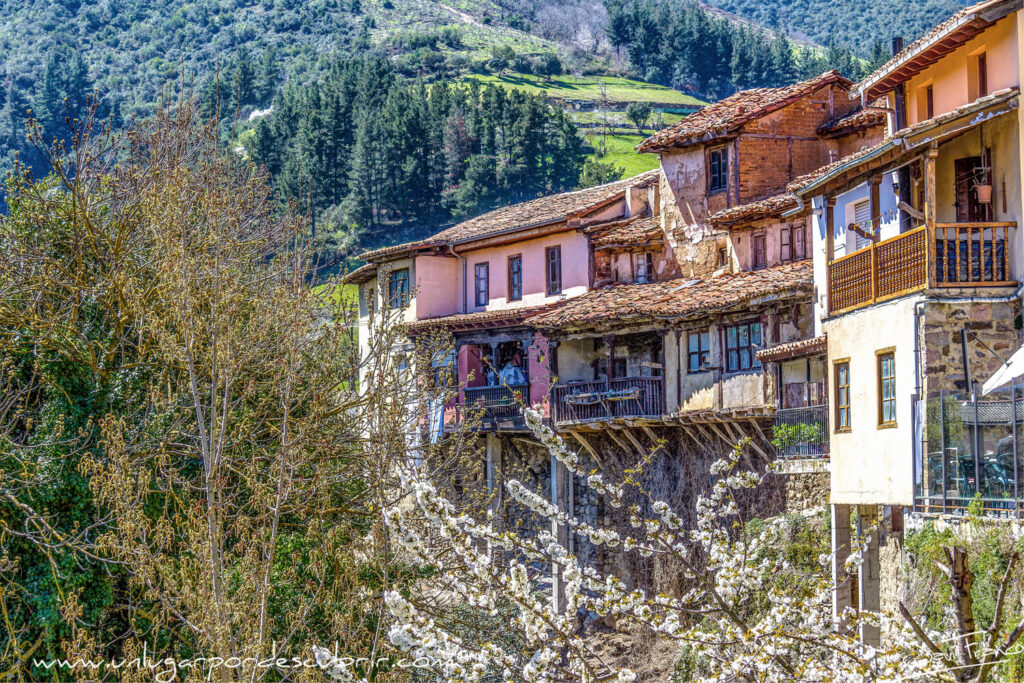
How about social life? How do you keep engaged? Are there any other foreigners living nearby?
Liébana doesn’t have foreigner colonies. Its topography and zoning protection don’t allow for big construction projects as in the southern coastal regions of Spain and Portugal. It’s wonderful for people who would like to learn at least a little bit of Spanish and integrate with the locals. During the summer months there’s plenty of tourist activity up to the limit of the valley’s capacity. About half of it is Spaniards who are coming to visit their paradise.
A short video shot by Sarah
You’re both an author and an executive mentor and coach. Can you tell us about that?
In 2018 I published a book about my professional experience, which I wrote while in Tenerife, and published when I was already in Salamanca. I meant it as a guidebook for managers and leaders in technology-based companies. I published it in my three languages, English, Spanish and Hebrew. The best practices and learnings that I summarize in the book are based on my own life-long learning, and the experience of working with several hundreds of managers and leaders that I personally worked with, mentored and coached individually and in groups. It has been my lifelong passion and professional commitment.
I just completed a second book. This one is about my Spanish journey from the moment I decided to learn the language to my current life in northern Spain. While in writing my first book I took pain in expressing myself as accurately as possible to create an enduring textbook, in the second book I forego all semblance of accuracy for the benefit of impressionistic expression. I hope it will be an entertaining read for culturally curious readers.
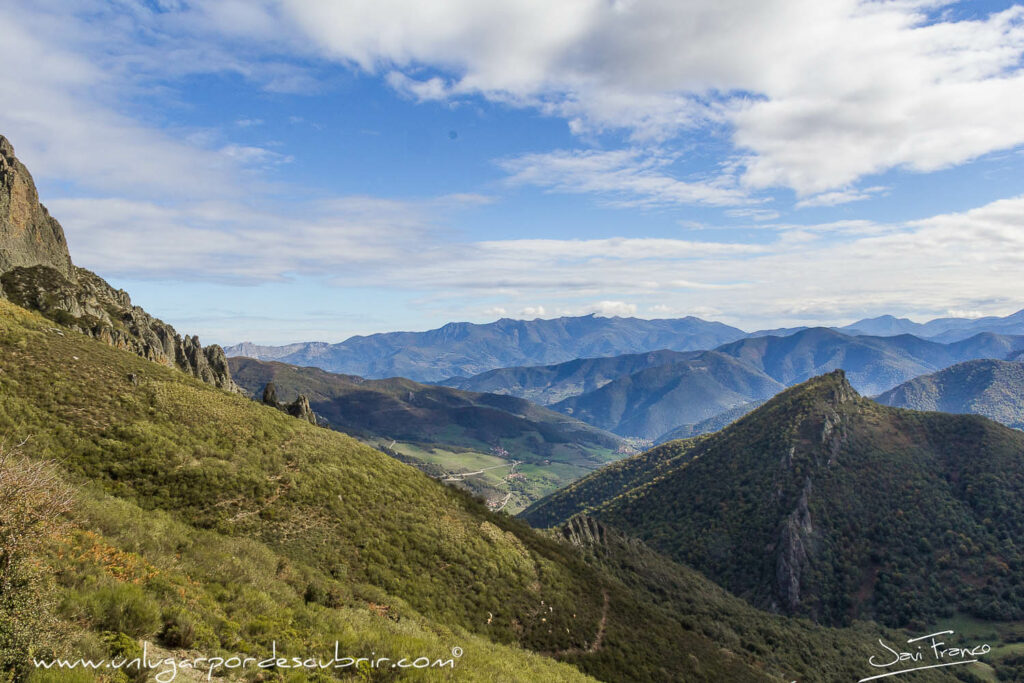
From both your professional and personal experience: what would you say to motivate anyone on the fence about moving to Spain?
First, I would say that it’s not for everyone. It takes significant effort to embed yourself in a foreign culture and it’s definitely not everyone’s cup of tea. I keep seeing Facebook posts of people who describe very specifically what they’re looking for. These people are obviously not ready for the journey of discovery, and to them I would advise to look for a foreigners’ colony where they will find what they already know and love, only with better weather.
Spain is a modern western country; it has a ton of attraction and a large variety of options to fit almost every budget and taste.
As a general advice I would say: study the options, experience areas while renting, and don’t commit before you do a few dry-runs.
For me, Liébana and Picos de Europa are the refuge that’s as far from Putin as possible and that’s still in Western Europe, if you know what I mean.
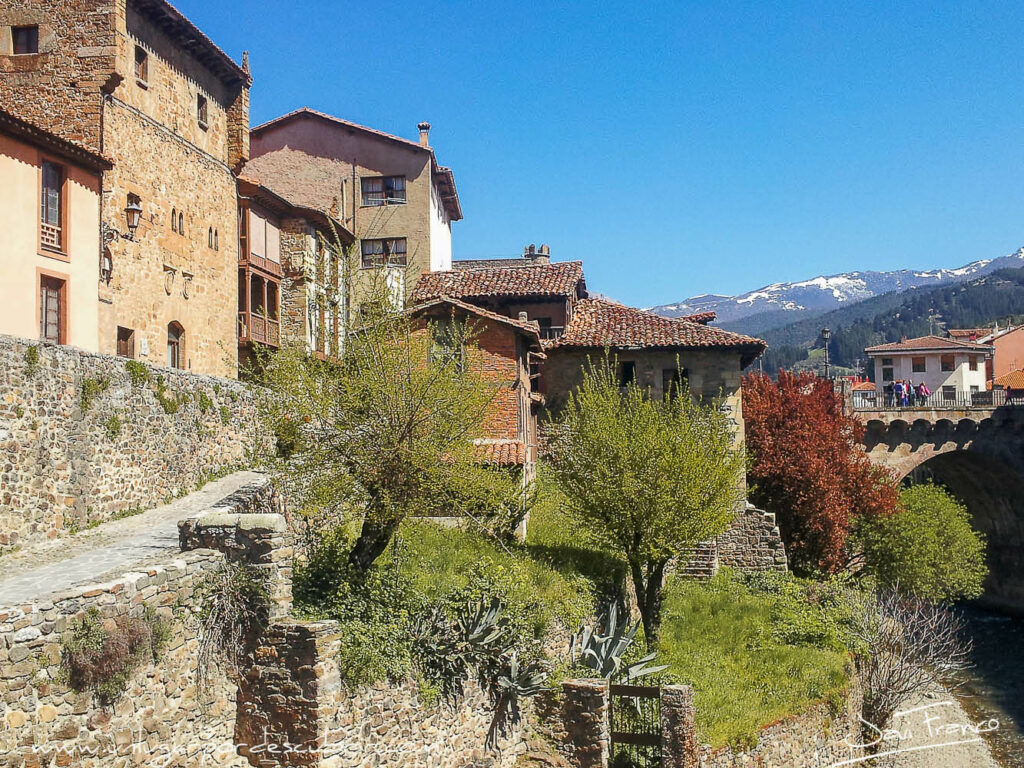
What are your long-term plans Sarah? Do you think you’ll still be in the Picos 10 years from now?
I journeyed in Spain for eight years without looking to settle. In my ninth year I put a stake in the ground overlooking the mountains and I made it mine. It fits my current needs and I certainly hope it will continue to serve me for the years to come. My neighbours tell me in jest that they think that I will never die. I know that I will (die), and I hope that when my time comes I will do it here.
Thanks for doing this interview Sarah!
Sarah is an author and an executive mentor and coach. You can find her website here. She can also be contacted by email at: [email protected]
Related: What’s it like living in Muxía? (Galicia)
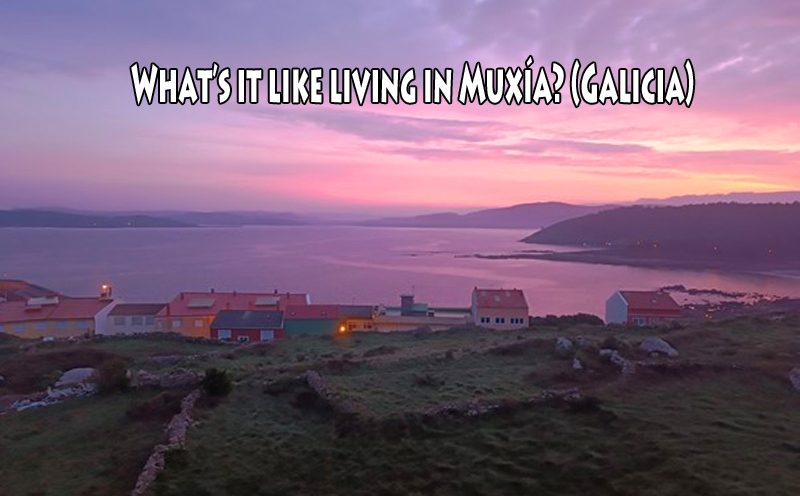
Related: What’s it like living in Burgos?
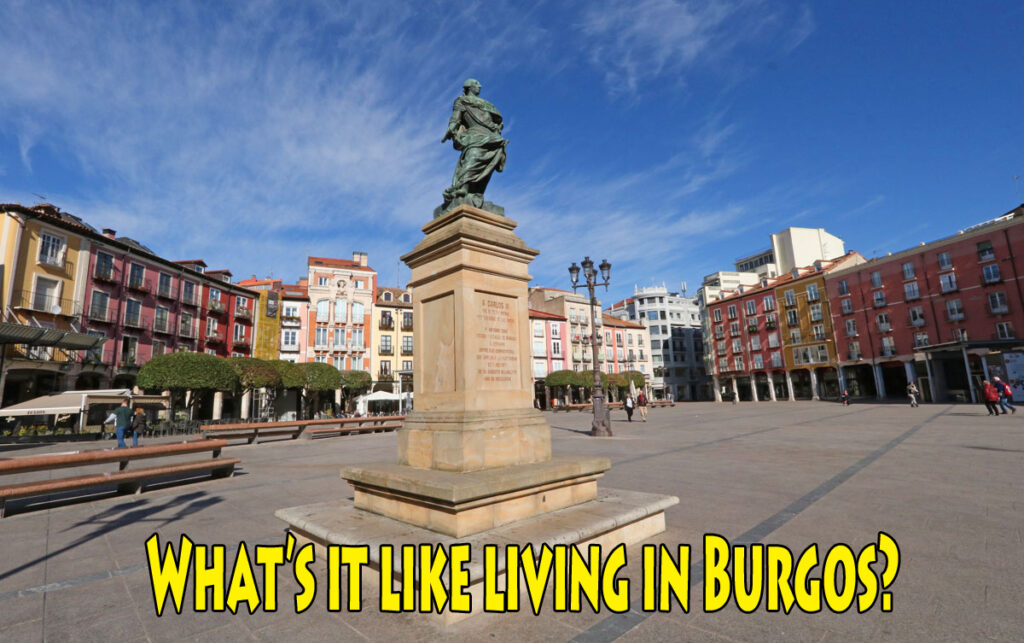
Related: Expats and heat – Why this Expat left Andalusia to live in La Rioja
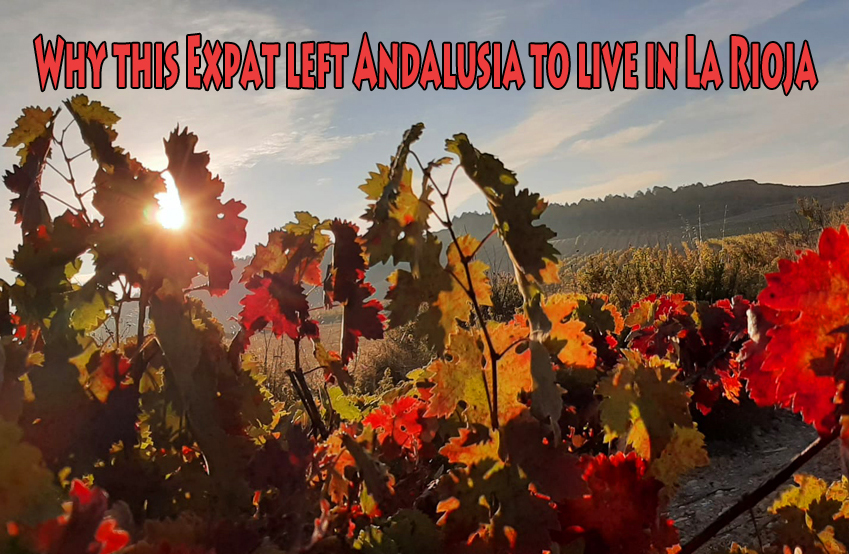

very informative, thanks.
i am in the process,or on a journey in the search for somewhere to make a new home,in cantabria.
i have been around n spain quite a bit and i love everything about it.
it reminds me a little of where my family are from in Ireland.